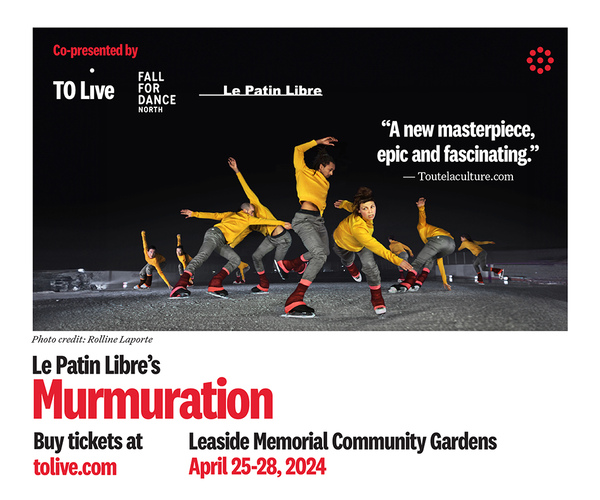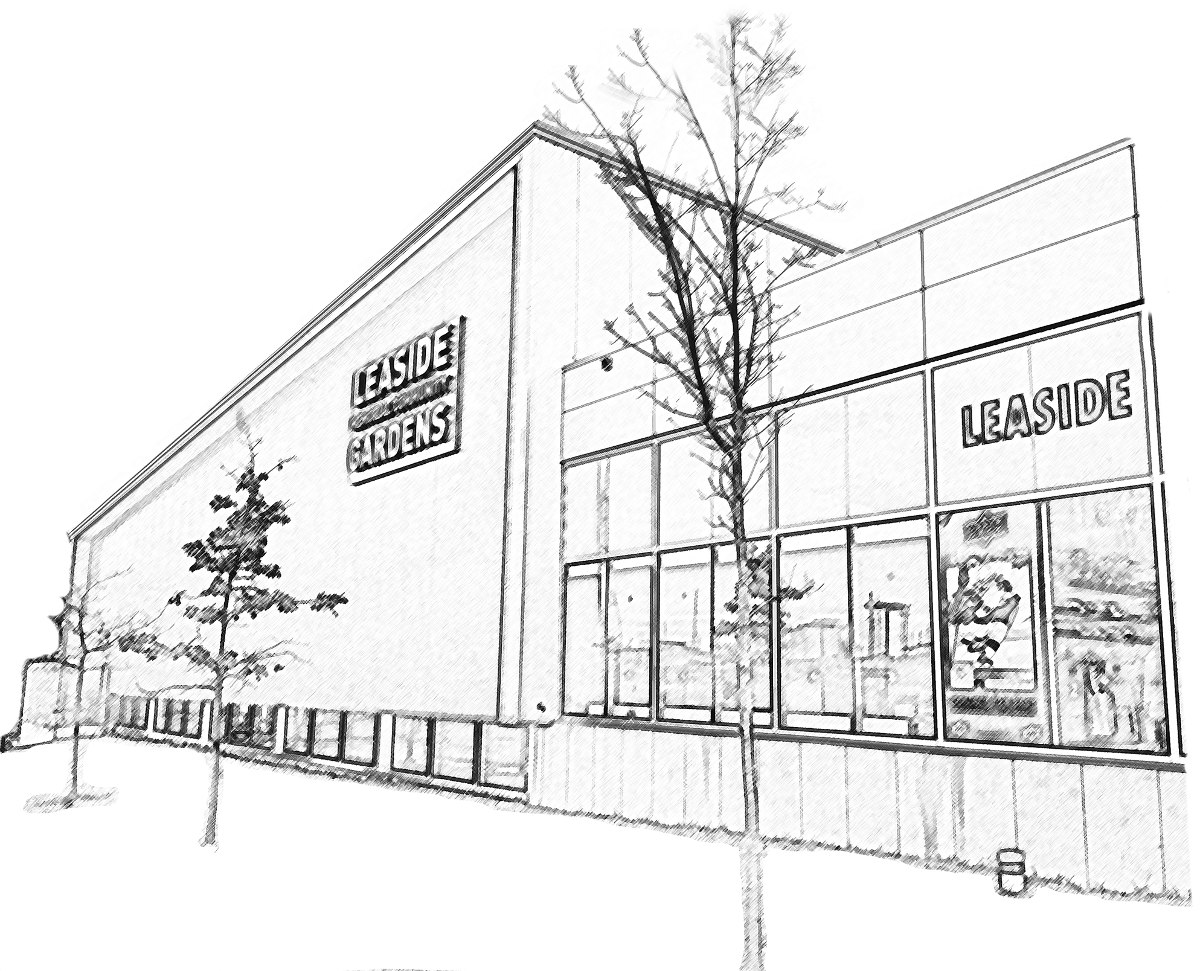Development applications? Zoning requirements? Official Plan provisions? Traffic impacts? Building heights? Density? Intensification? Section 37 benefits?
It seems that hardly a week goes by that residents in the Leaside area are not met with development proposals – whether on the block where they live or on one of our main streets – that challenge their understanding as to the type of developments that are well suited to their community.
Some of these proposals involve an application to the Committee of Adjustment for a minor variance to the existing zoning bylaw; some involve an application to community council for a revision to the zoning bylaw itself. Every once in a while – although not yet while I have represented the area – an application is brought forward that seeks an amendment to the city’s Official Plan.
In each case, a party that is dissatisfied with the result of the process at the initial stage has a right of recourse to the Ontario Municipal Board, a tribunal that is routinely lambasted and even more widely misunderstood.
We have all seen the results: Individual development projects – particularly large ones – tend to be approved by way of site specific rezoning applications. At best, this is time consuming and cumbersome. At worst, it is fraught with misunderstanding, mistrust, and controversy.
It means that city “planners” don’t so much plan as react, in as much as most “plans” take the form of proposals submitted by property owners. Residents groups see developers – a breed more to be loathed even than municipal politicians – as foxes in charge of the planning hen-house. Many of us have noticed it encourages a let’s-make-a-deal approach to decision-making. Some of us have seen it turn development applications into holy wars.
Is there a solution? Yes. We must adopt an area-based development permit system.
A development permit system would replace zoning bylaws, Committee of Adjustment approvals,
site plan approvals, and Section 37 agreements with one document that would apply across an entire neighbourhood and to all building proposals.
It is not a new idea: it is already in widespread use in five provinces and in four municipalities in Ontario.
It begins with a comprehensive plan for the future development of the area based on background planning studies and community input. The resulting document then serves as the basis for a comprehensive development permit bylaw, compliance with which then becomes a precondition for approval of a building permit. Properly applied, it can make a lot of other measures and processes redundant.
The authority to adopt a development permit regulatory framework in Toronto has been on the books since 2007. The time has come to click our heels and make it happen.
The concept involves too much detail to address in the 500 words afforded to me in this column. For that reason I have invited the city’s chief planner, Jennifer Keesmaat, to come to Leaside and discuss it with us this April 9 at the William Lea Room.
Article written by John Parker, Councillor, Toronto Ward 26.



